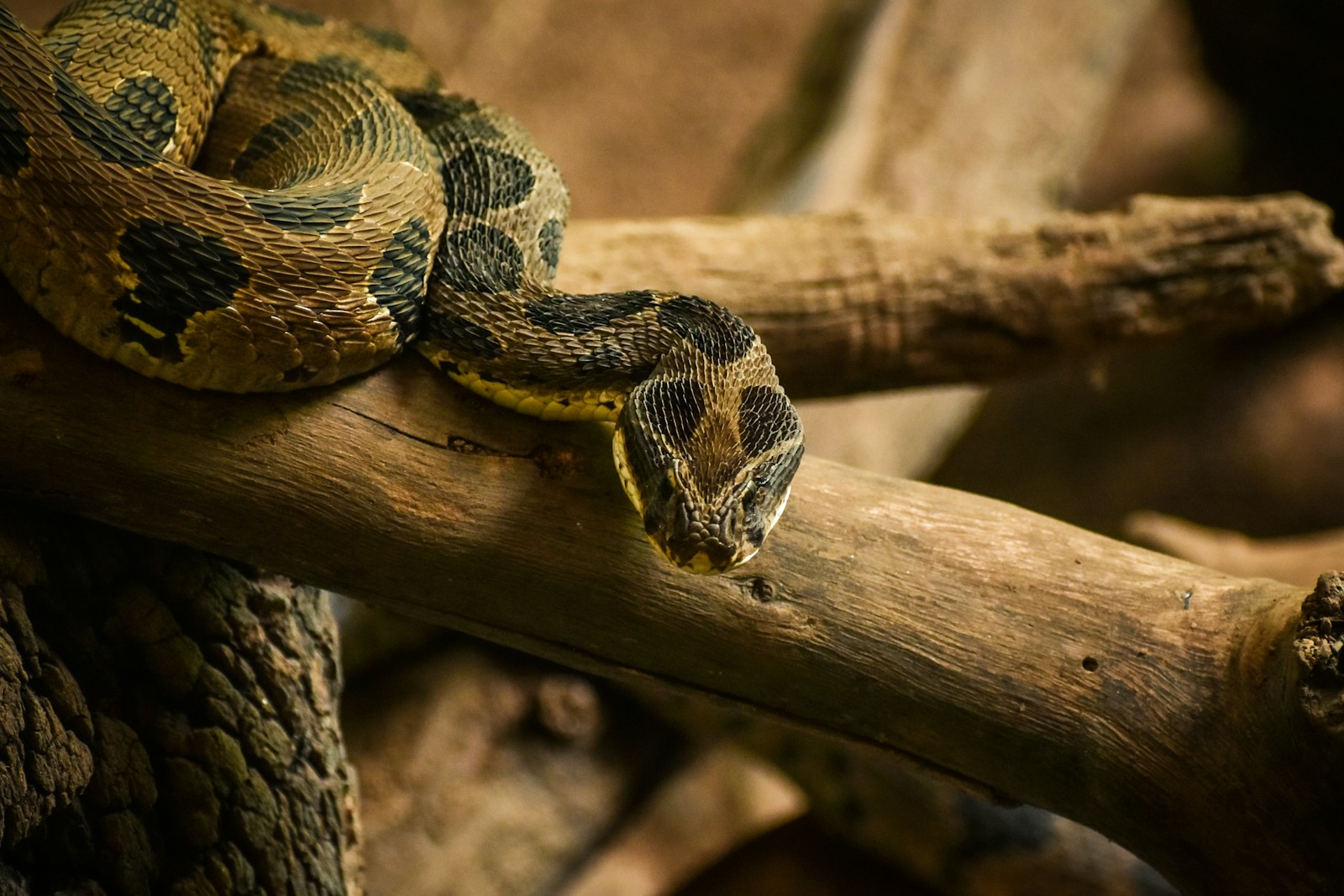When faced with unwanted snake visitors around your home or garden, it’s natural to seek quick solutions. Mothballs have gained a reputation in folk remedies as a snake repellent, with many homeowners scattering them around property perimeters hoping to keep slithering intruders at bay. However, this widespread practice isn’t just ineffective—it’s potentially dangerous to wildlife, pets, humans, and the environment. Despite their common use, mothballs are chemical pesticides designed for a specific purpose that has nothing to do with snake control. Before you reach for that box of mothballs to address your snake concerns, consider these important reasons why this approach might do more harm than good.
Mothballs Contain Toxic Chemicals Harmful to All Life Forms
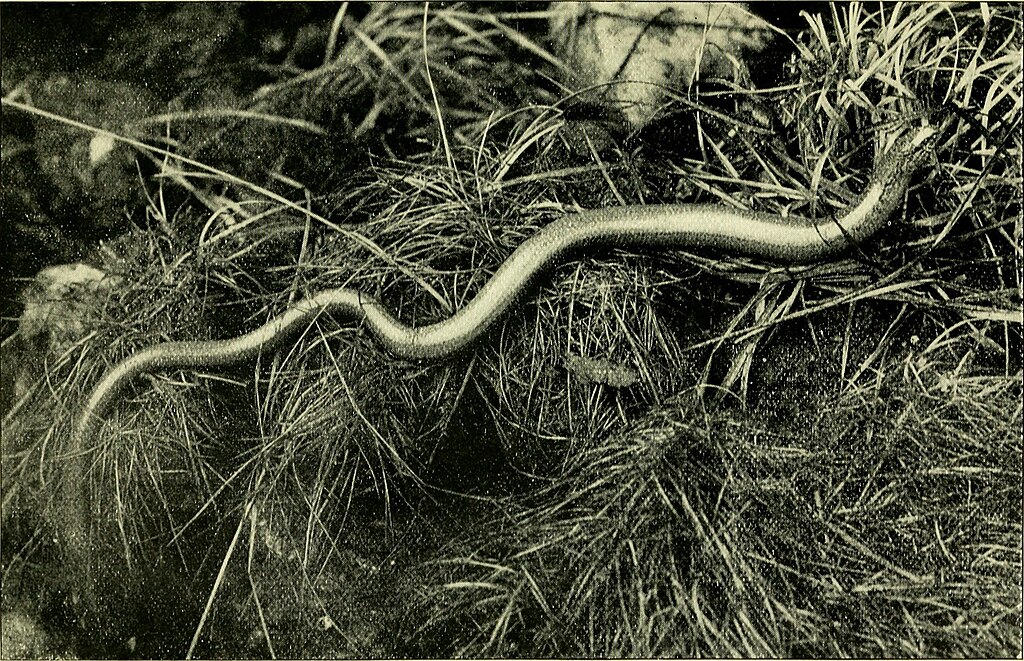
Mothballs are concentrated pesticides primarily composed of either naphthalene or paradichlorobenzene, both of which are highly toxic substances. These chemicals work by converting from a solid directly to a gas through sublimation, releasing vapors that kill moth larvae in enclosed spaces. When used outdoors, these toxic vapors don’t just affect the targeted snake population but spread indiscriminately through the environment. The toxins can be absorbed through inhalation, skin contact, or ingestion, potentially causing serious health issues for humans, pets, and beneficial wildlife. Children are particularly vulnerable as they might mistake mothballs for candy or mints due to their small, round appearance. The Environmental Protection Agency (EPA) classifies naphthalene as a possible human carcinogen, highlighting the serious nature of potential exposure.
Mothballs Are Completely Ineffective at Repelling Snakes
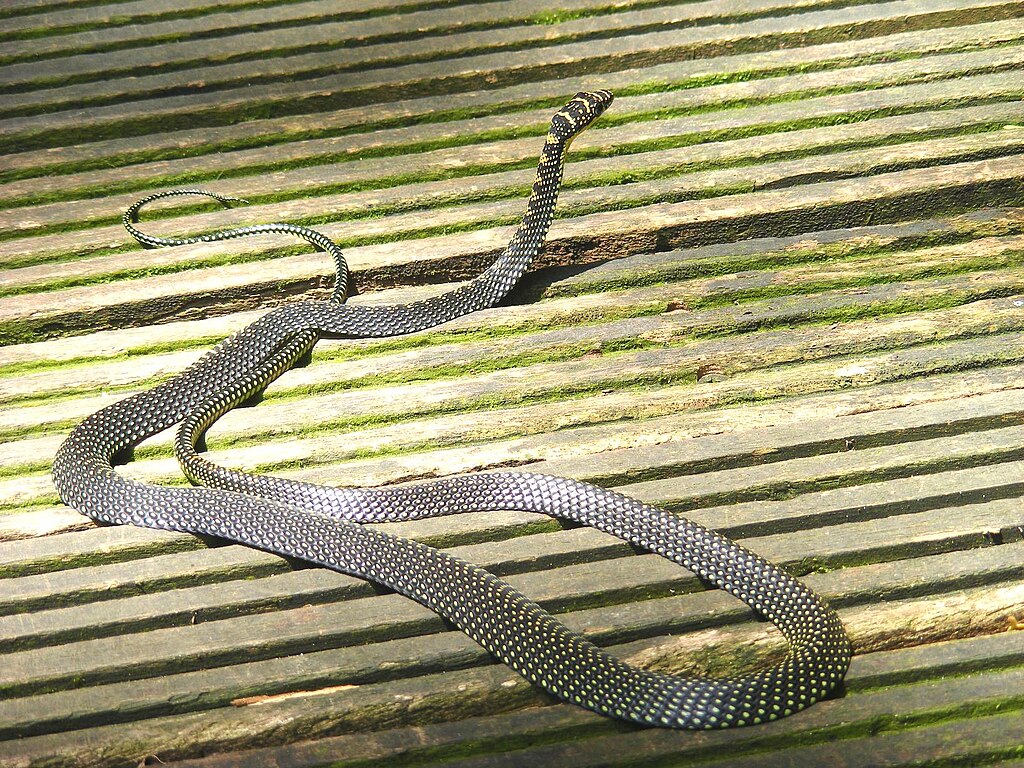
Despite persistent myths, scientific evidence consistently shows that mothballs do not effectively repel snakes. Herpetologists and wildlife experts have conducted numerous studies on snake behavior around naphthalene and paradichlorobenzene, finding no significant avoidance patterns. Snakes process smells differently than humans and other mammals, using their Jacobson’s organ rather than nostrils to detect chemical signals, and they don’t demonstrate the same aversion to mothball chemicals that we might expect. Many snake species will slither directly over or around mothballs without any hesitation or deterrence effect. This ineffectiveness means homeowners gain a false sense of security while potentially exposing themselves and the environment to harmful chemicals for no benefit.
Using Mothballs Outdoors Is Illegal in Many Places
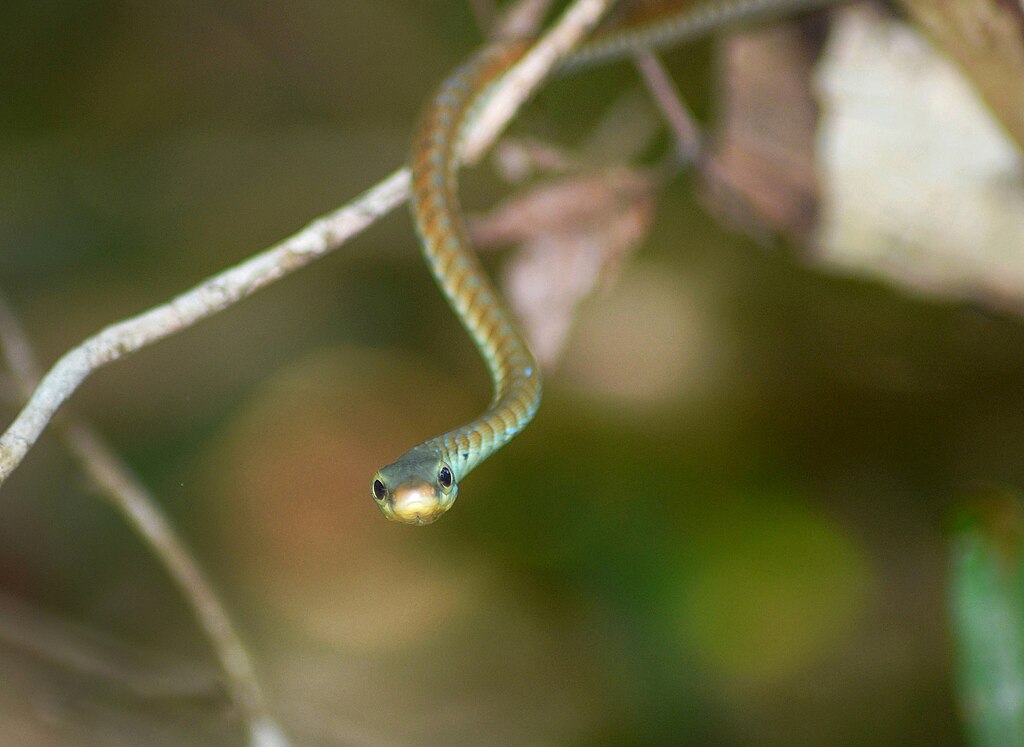
Many people are unaware that using mothballs outside their intended purpose constitutes illegal pesticide use under federal and state regulations in many jurisdictions. Mothballs are specifically registered pesticides with the EPA, approved only for use in airtight containers to protect clothing and fabrics from moths and other fabric pests. The product labels explicitly state they should not be used in open areas or outside contained spaces, making outdoor application as snake repellents a direct violation of federal law. Using any pesticide in a manner inconsistent with its labeling can result in significant fines and legal penalties. Beyond legal consequences, this misuse contributes to environmental contamination when these chemicals leach into soil and water systems.
Mothballs Can Poison Pets and Wildlife
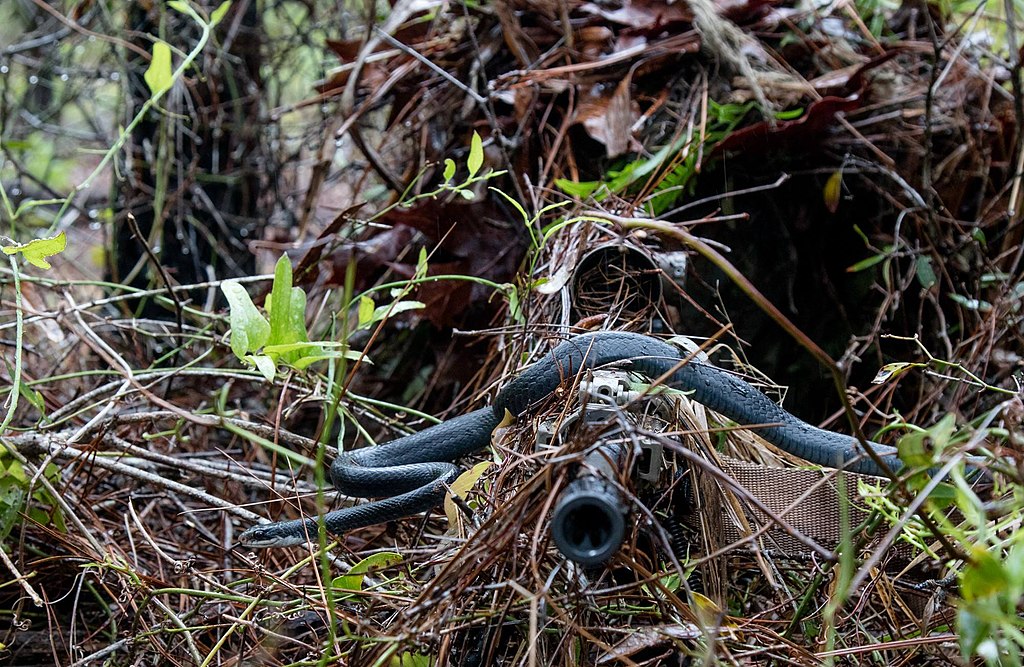
The threat mothballs pose to pets and wildlife cannot be overstated, as these chemical pesticides don’t discriminate between target and non-target species. Domestic animals like dogs and cats may be attracted to the unusual smell and ingest mothballs directly, resulting in potentially fatal poisoning that can cause liver damage, kidney failure, and neurological problems. Wildlife including birds, beneficial insects, small mammals, and amphibians can suffer similar toxic effects when exposed to mothballs scattered around properties. The chemicals can also accumulate in predators through biomagnification when they consume smaller animals that have been exposed. Additionally, aquatic ecosystems suffer when rain washes these chemicals into waterways, harming fish and other water-dwelling organisms far beyond the initial application site.
Mothballs Contaminate Soil and Water
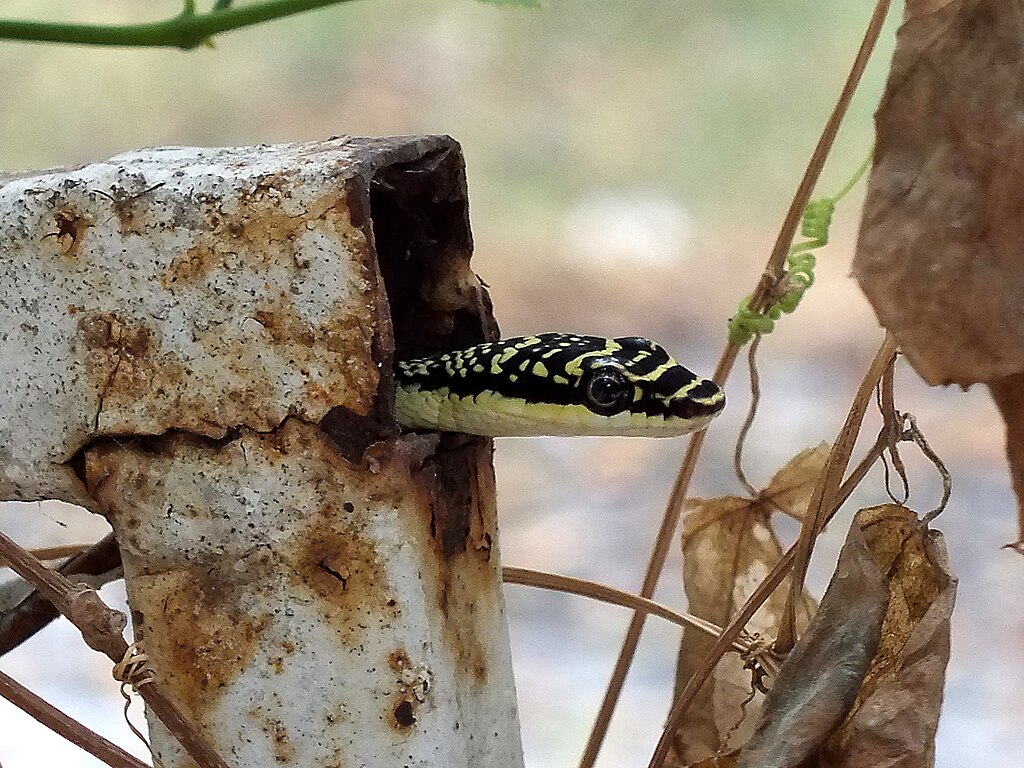
When mothballs are placed outdoors, they inevitably break down and leach their toxic components directly into the surrounding environment. Naphthalene and paradichlorobenzene don’t simply disappear after sublimating—they can persist in soil for extended periods, contaminating garden beds and potentially affecting food crops grown in that soil. Rainfall creates an even more concerning scenario by washing these chemicals into groundwater, streams, and lakes, expanding the contamination radius significantly. The persistence of these chemicals means that even after you’ve stopped using mothballs, their effects can continue to impact your local ecosystem. Water-soluble naphthalene poses particular concerns for drinking water safety once it enters groundwater systems, potentially affecting communities well beyond your property boundaries.
More Effective and Safer Snake Deterrent Methods Exist
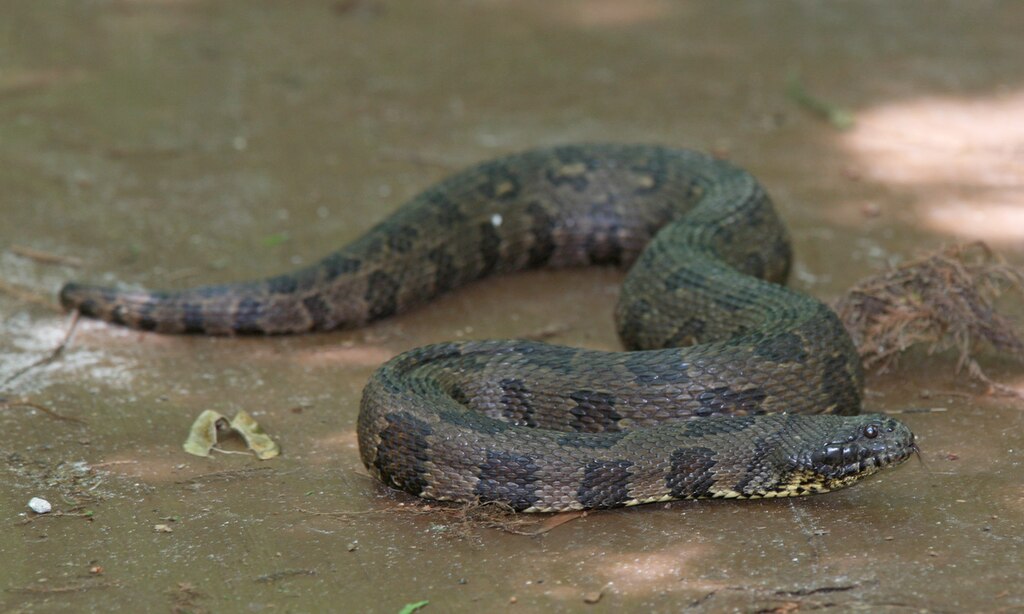
Rather than resorting to ineffective and hazardous chemicals, homeowners have numerous safer and more effective options to manage snake encounters. Habitat modification represents the most sustainable approach—removing brush piles, keeping grass short, eliminating rodent populations that attract snakes, and sealing entry points to structures. Commercial snake repellents specifically designed and EPA-approved for this purpose offer another alternative, though their effectiveness varies by species and conditions. Physical barriers like snake-proof fencing installed with the bottom edge buried several inches underground and angled outward can successfully exclude snakes from designated areas. Professional wildlife services can provide humane removal of problem snakes and offer customized prevention plans tailored to your specific property and the snake species common in your region.
Mothballs Mask the Real Problem
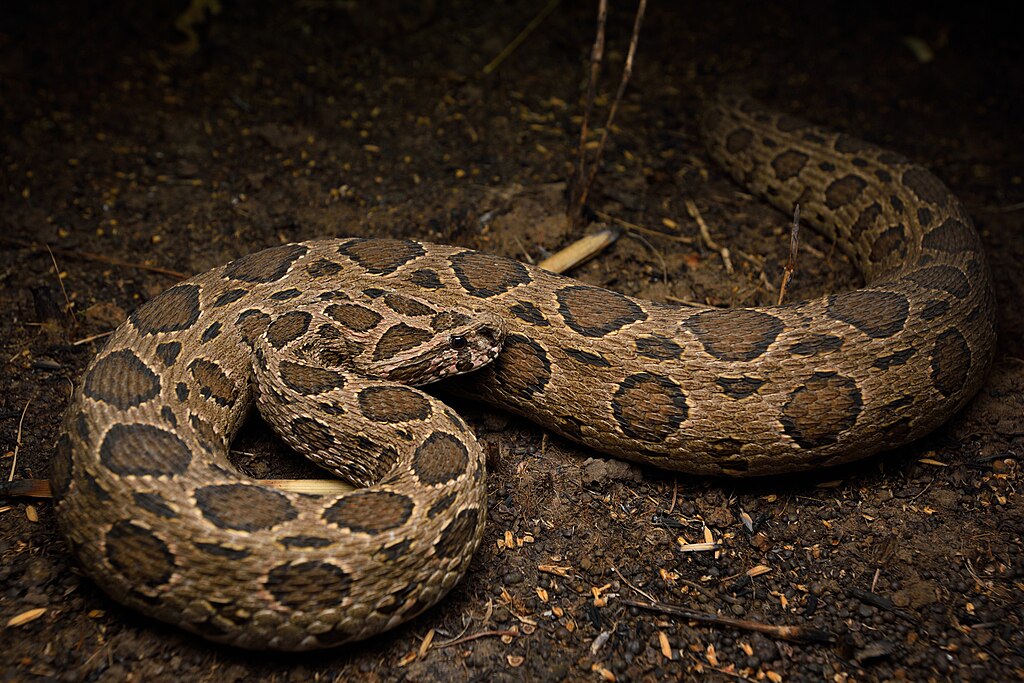
Relying on mothballs creates a dangerous illusion of snake control while ignoring the underlying reasons snakes are present on your property in the first place. Snakes are attracted to areas that provide food, water, and shelter—typically following rodent populations or seeking appropriate habitat features. By simply scattering mothballs, homeowners fail to address these root causes, allowing snake-attracting conditions to persist or worsen over time. This approach misses the opportunity to implement truly effective habitat modification strategies that would naturally reduce snake presence. Additionally, the false sense of security may lead to decreased vigilance and awareness, potentially increasing surprise encounters with venomous species that weren’t deterred by the ineffective mothball barrier.
The Risk to Children Is Substantial
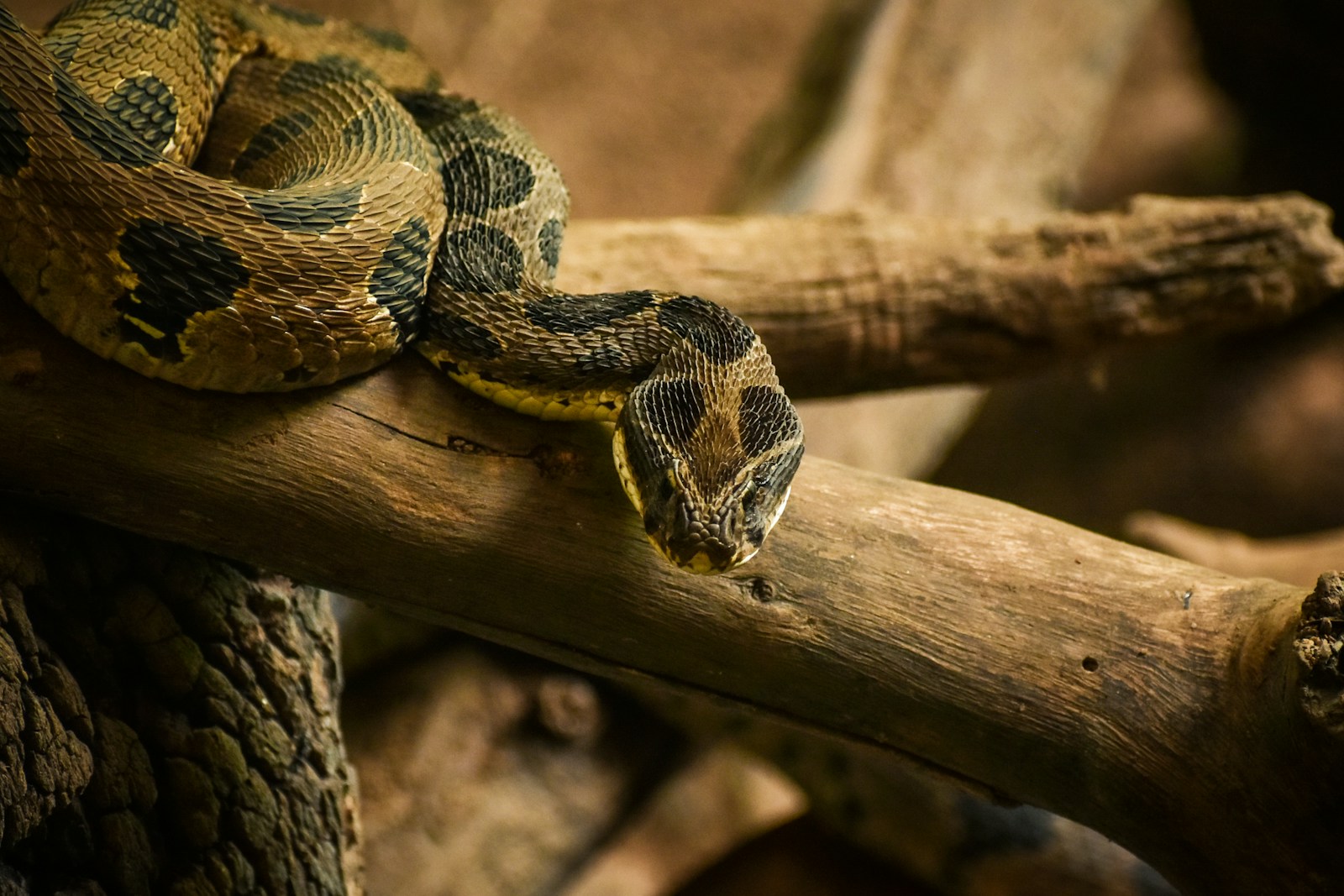
Children face particularly high risks from mothballs used as snake repellents due to both their curious nature and their physiological vulnerability to toxins. The small, candy-like appearance of mothballs makes them dangerously attractive to young children who might handle or ingest them while playing outdoors. Their smaller body mass means that even limited exposure to naphthalene or paradichlorobenzene can cause more severe effects than in adults. Symptoms of mothball poisoning in children can include vomiting, diarrhea, confusion, jaundice, and in severe cases, seizures or coma. Developmental impacts are another concern, as exposure to these chemicals during critical growth periods may have long-term neurological and developmental consequences that aren’t immediately apparent but emerge later in life.
Many Snake Species Are Beneficial and Protected
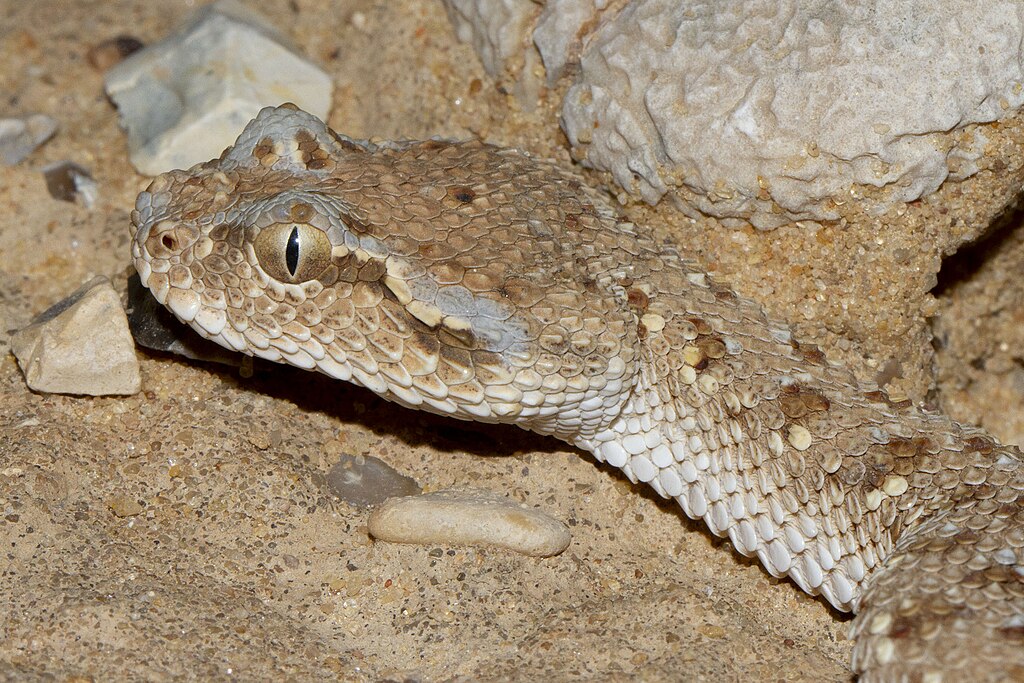
An often overlooked aspect of snake management is recognizing that most snake species provide significant ecological benefits and many are protected by state or federal regulations. Snakes serve as natural pest controllers, consuming rodents that spread disease and damage crops, making them valuable allies for agriculture and public health. Many non-venomous snake species pose absolutely no threat to humans while providing these important ecosystem services. In numerous regions, indiscriminate killing or harassment of snakes—including attempts to poison them with inappropriate chemicals like mothballs—may violate wildlife protection laws. Before implementing any snake control measures, it’s important to identify the species present and understand their legal status and ecological role in your area.
The Health Effects of Mothball Exposure Can Be Severe
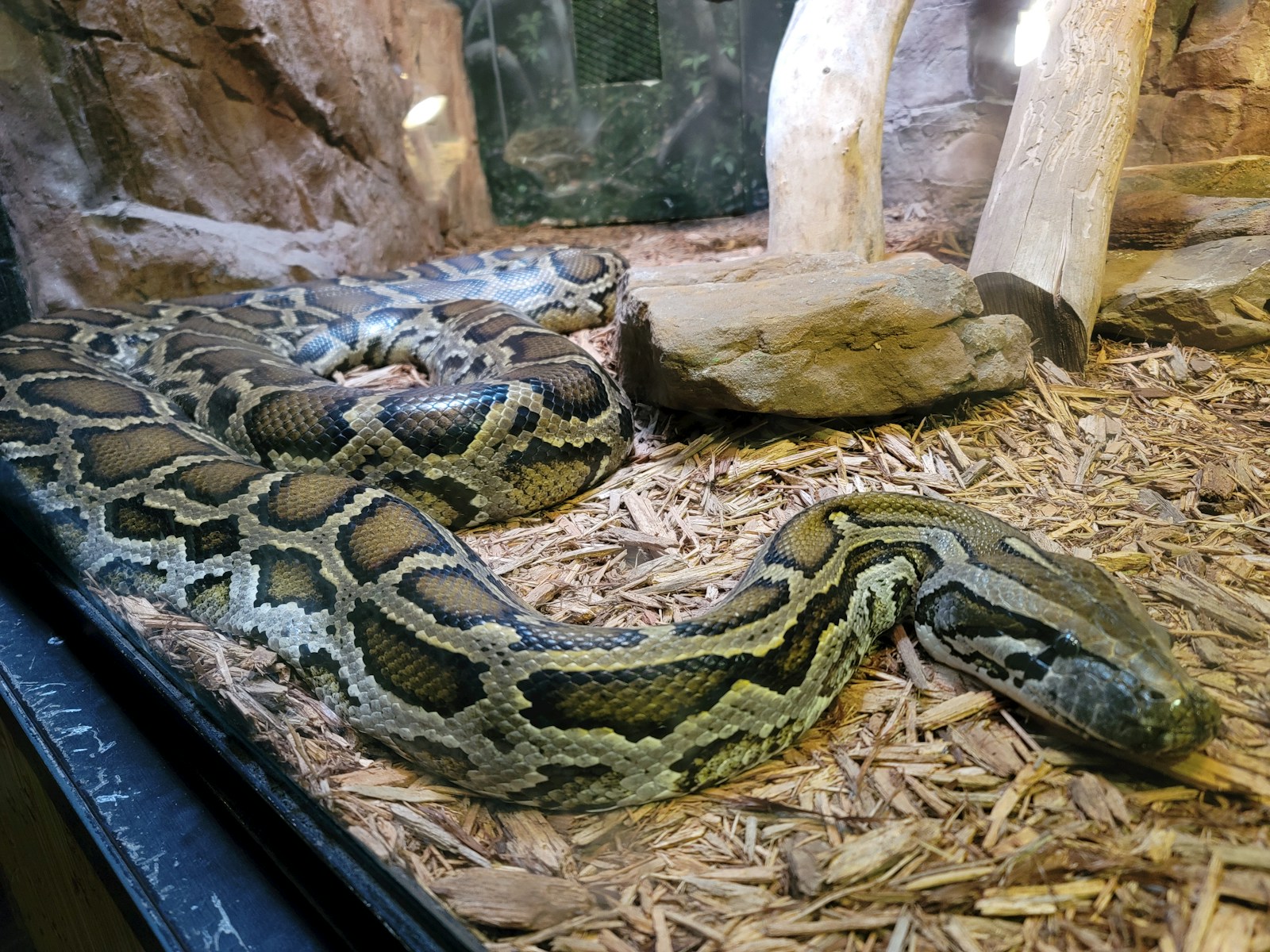
The human health consequences of prolonged or intense mothball exposure extend far beyond mild discomfort and can develop into serious medical conditions. Headaches, dizziness, and nausea represent the initial symptoms, but continued exposure can lead to more severe outcomes including hemolytic anemia, where red blood cells are destroyed faster than they can be produced. Liver and kidney damage may occur as these organs attempt to filter the toxins from the bloodstream. People with glucose-6-phosphate dehydrogenase deficiency face particularly high risks from naphthalene exposure, which can trigger acute hemolytic anemia episodes. Those with respiratory conditions such as asthma often experience exacerbated symptoms when exposed to mothball fumes, which can irritate and inflame airways and lung tissue.
Professional Snake Management Is More Effective

When snake concerns become significant, the expertise of wildlife professionals offers superior results compared to do-it-yourself chemical approaches. Professional wildlife managers bring specialized knowledge about local snake species, behavior patterns, and habitat preferences that informs targeted control strategies. They can identify and remove attractants, implement appropriate exclusion methods, and safely relocate problematic individuals when necessary. These experts can also distinguish between harmless and venomous species, preventing unnecessary removal of beneficial snakes while focusing efforts on true risks. Professional assessment often reveals surprising contributing factors homeowners might miss, such as structural issues allowing access or microhabitat features particularly attractive to certain snake species.
Education About Snakes Reduces Fear and Improves Management
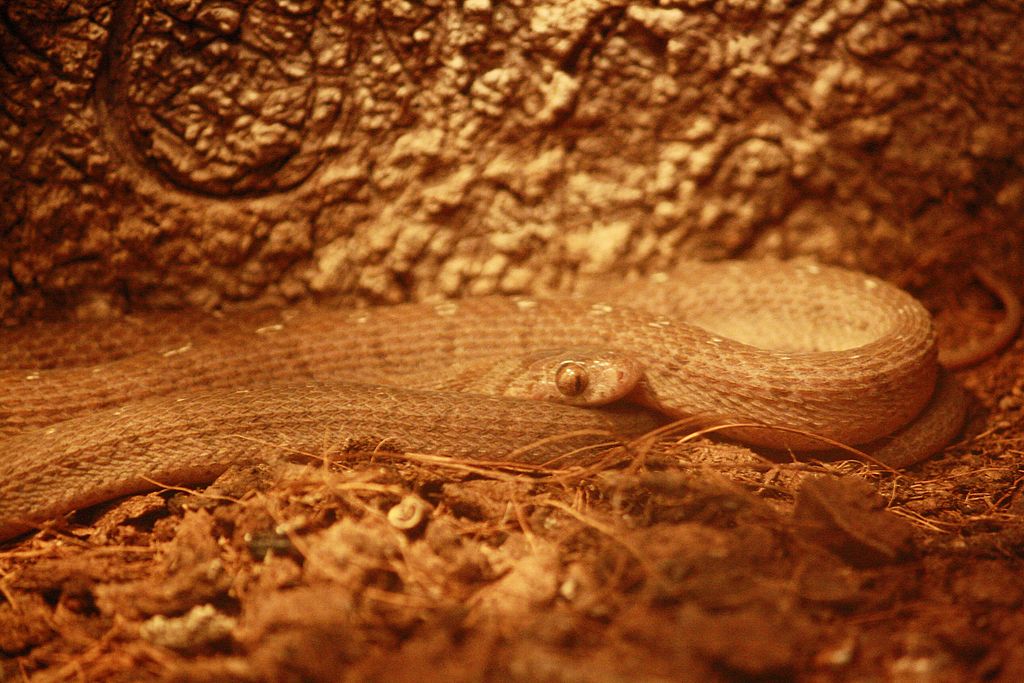
Perhaps the most powerful tool against inappropriate snake control methods like mothballs is education about snake biology, behavior, and ecological importance. Learning to identify common local snake species helps residents distinguish between harmless and potentially dangerous encounters, reducing panic reactions that often lead to harmful management choices. Understanding snake movement patterns and seasonal behaviors allows for prediction and prevention rather than reactive measures. Educational programs through extension services, wildlife departments, and conservation organizations provide valuable resources for developing this knowledge. Many communities offer workshops or online materials specifically addressing local snake species and appropriate response strategies, creating more informed homeowners who can coexist with these important reptiles while maintaining safety.
Conclusion: Responsible Snake Management Protects Everyone
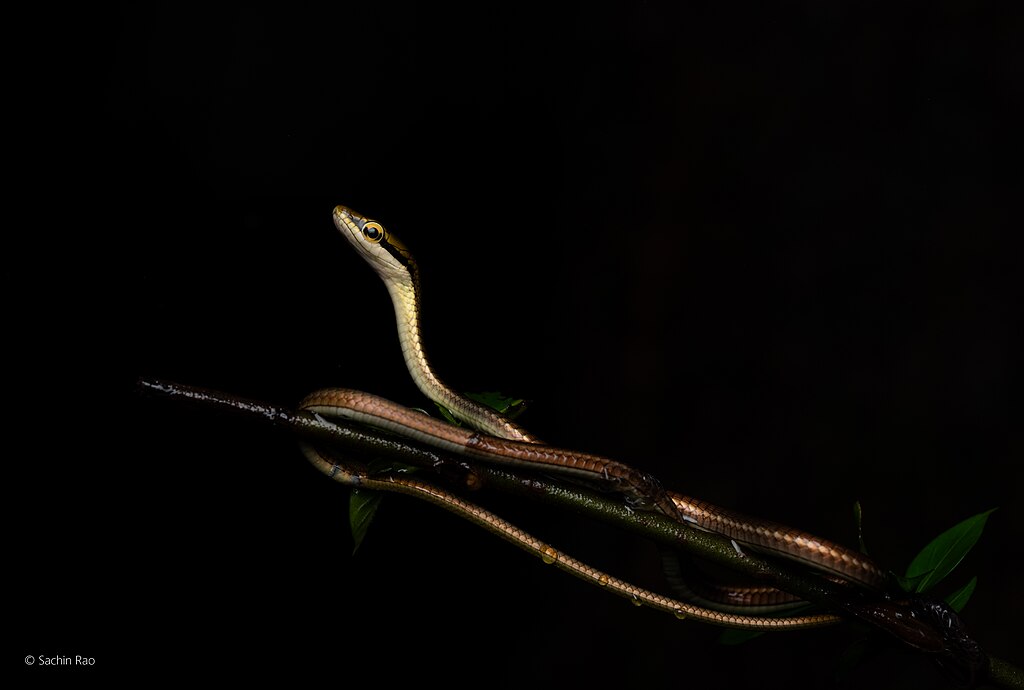
The appeal of quick fixes like mothballs is understandable when faced with snake concerns, but the evidence clearly demonstrates this approach creates more problems than it solves. By avoiding ineffective and illegal uses of mothballs for snake control, homeowners protect their families, pets, and the environment from unnecessary chemical exposure while opening the door to truly effective management strategies. Focusing on habitat modification, appropriate barriers, and understanding snake behavior creates sustainable solutions that address the root causes of unwanted snake encounters. When professional assistance is needed, wildlife experts can provide targeted, legal interventions that respect both human safety concerns and the ecological value of snakes. Through education and responsible practices, communities can achieve the dual goals of reducing problematic snake encounters while preserving these important components of our natural ecosystems.

